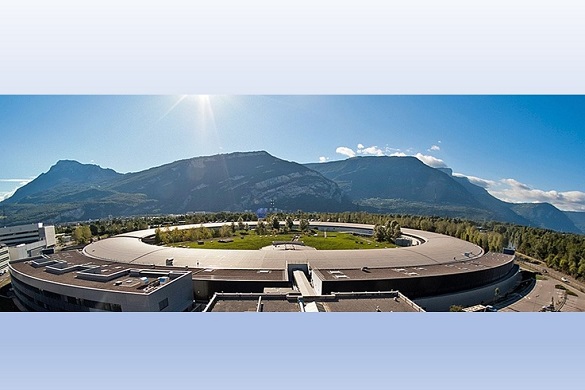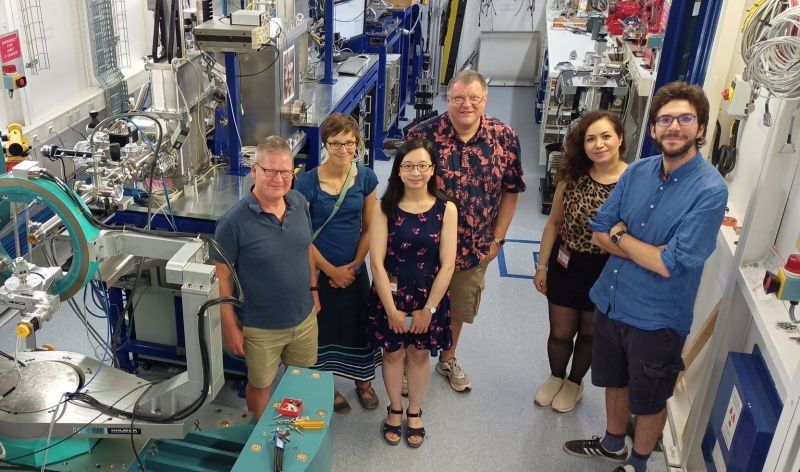
The ESRF in Grenoble, France
The Universities of Liverpool and Warwick have been awarded a grant of £7.5million from the Engineering and Physical Sciences Research Council (EPSRC) to operate the XMaS (X-ray Materials Science) beamline, which is a National Research Facility.
The funding will support further studies into the atomic structure, electronic structure and chemical properties of materials at varying length scales, utilising advanced sample environments to allow the materials to be studied under realistic operational conditions.
XMaS is owned by the Universities of Liverpool and Warwick and is located in Grenoble, France, at the European Synchrotron Radiation Facility (ESRF). It works with over 90 active research groups, representing several hundred researchers, and embraces a broad spectrum of scientific disciplines under the generic theme of materials science, cutting across research themes in physics, chemistry, biosciences, healthcare, engineering, and energy.
Originally constructed in the mid-1990’s the facility had a major upgrade in 2019/20 whilst the ESRF was undergoing a machine refurbishment making it the world’s first high energy fourth generation synchrotron light source. The new facility delivers a much brighter X-ray beam with an extended operational energy range to higher x-ray energies thereby enabling new activities in materials research, particularly in terms of operando experiments.
Yvonne Grunder, a Senior Lecturer in Physics at Liverpool and co-Director of XMaS said: “XMaS provides the UK materials science community with access to a state-of-the-art X-ray facility and facilitates training for early career scientists, including postgraduate and undergraduate students, in advanced scientific methodologies.
“The facility delivers X-ray characterisation methodologies across a range of temporal and spatial length scales. The use of novel sample environments combined with the new capabilities of the upgraded facility will produce exciting science results over the next funding period and beyond.”
Christopher Lucas, Professor of Physics at Liverpool and co-Director of XMaS, said: “Materials science, in its generality, requires a strong cross-disciplinary research approach. XMaS will provide a core set of advanced X-ray metrologies from scattering to spectroscopy which, when coupled to a state-of-the-art synchrotron radiation source, will allow users to characterize and explore structure-function relationships in a wide range of materials systems.
“The balance of science on XMaS will encompass both long-term discovery-led research and shorter term impact-focused research thereby providing an environment for transformative, challenge-led material science research.”
Projects that XMaS is involved with include helping scientists re-grow teeth from stem cells or artificial implants, improving understanding of magneto-electric materials that underpin more efficient data storage, understanding complex interface structures such as the electrochemical interface that is at the heart of many renewable energy technologies and reducing corrosion on metal heritage artefacts.
XMaS, the Diamond Light Source and the ESRF together constitute the UK research infrastructure for synchrotron radiation research.

EPSRC representatives visiting the XMaS beamline in July 2023. From left to right: Prof Chris Lucas and Dr Yvonne Gründer (Liverpool), Dr Kay Yeung (EPSRC) and Prof. Tom Hase (Warwick).